- Jayadeva (born 1170 CE) - Epic poem Gita Govinda.
- Purandara Dāsa (1484–1564) - widely referred to as the Pitamaha of Carnatic Music.
- Meera Bai (1498-1546) - celebrated Bhakti saint.
- Kabir (15th century) - writings influenced the Bhakti movement.
- Tulsidas (1532–1623) - author of the epic Ramcharitmanas
- Surdas (16th century) - blind poet and singer, his lyrics written in praise of Krishna.
-
Kancharla Gopanna (1620 –1680) - popularly known as Bhakta Ramadasu
-
Bammera Pothanna (1450–1510) - translated the Bhagavata Purana in Telugu.
- Kshetrayya (1600–1680) - prolific Telugu poet and composer of Carnatic music.
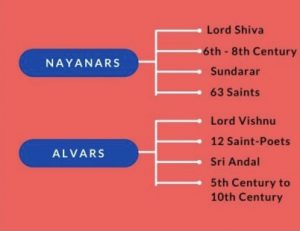
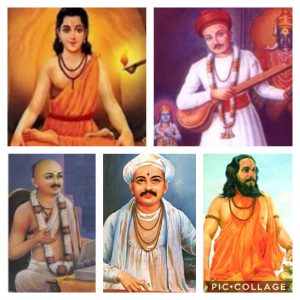
The Future of Hinduism:
Today, Christianity is the largest religion globally, with some 240 crore people claiming it as their official religion and is the official religion in 15 countries. One-third of the world's population belongs to this religion.
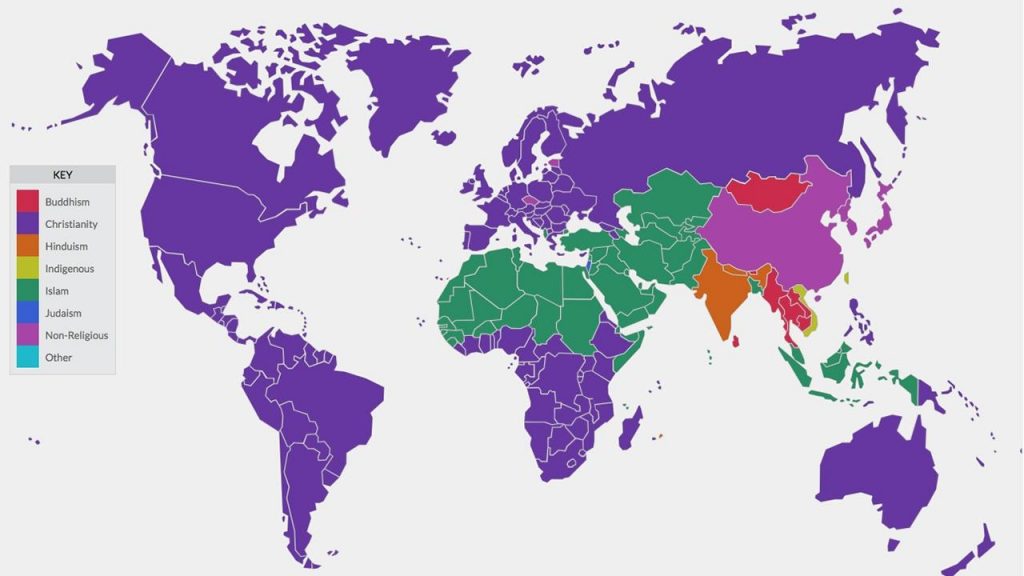
Islam is the second-largest religion globally with a population of 200 crore and is the official religion in 27 countries.
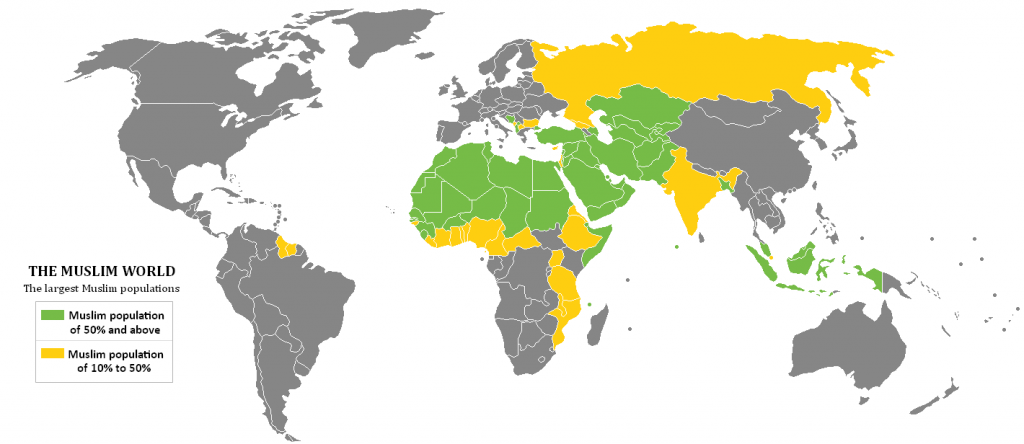
Although Hinduism is the third largest religion with 120 crores, it is mainly in India and Nepal.
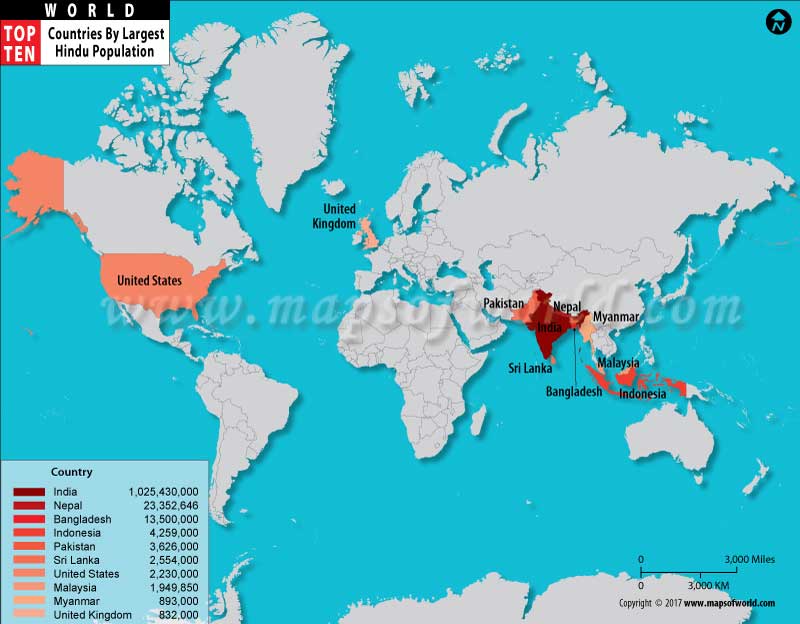
However, India is not an official Hindu nation as it believes in interfaith harmony (secularism). Nepal has to be mentioned as the only Hindu nation. Hinduism has gone through major upheavals in the last two thousand years. Today the whole world is smouldering in the face of a religious volcano. It isn't straightforward to predict precisely what will happen in the future. Even if our next generation thinks that the Hindu religion should survive, that would mean a blessing.
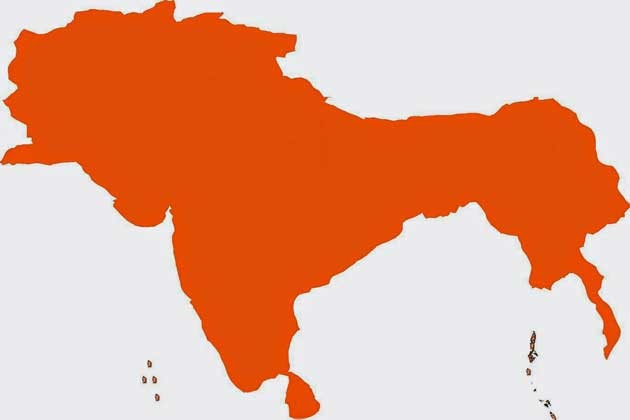
कालाय तस्मै नमः!!

